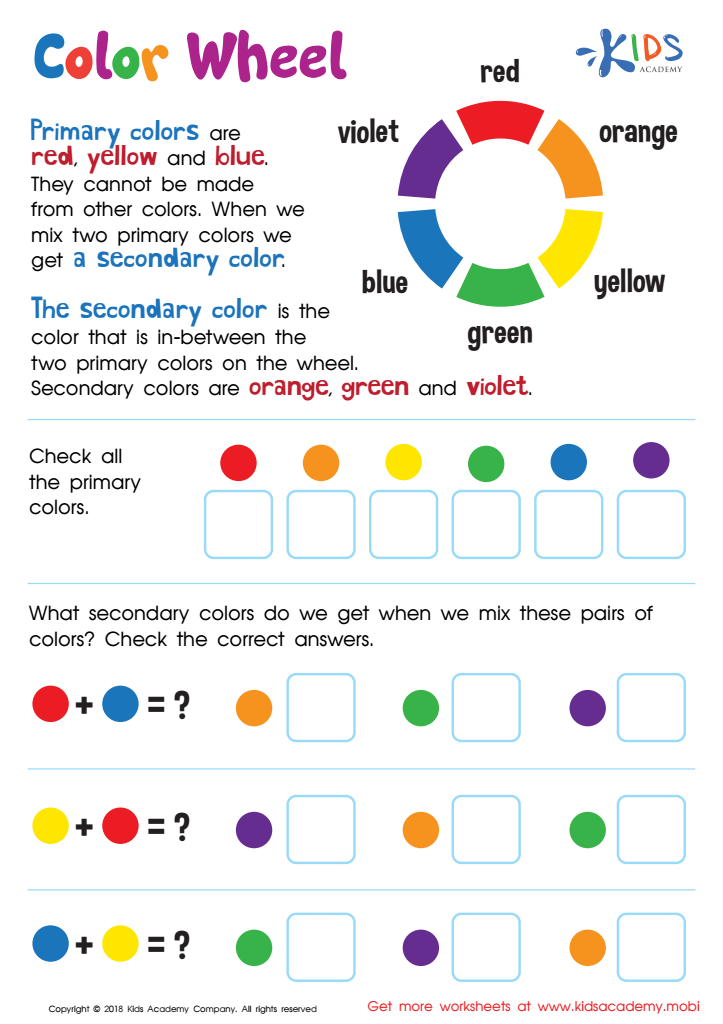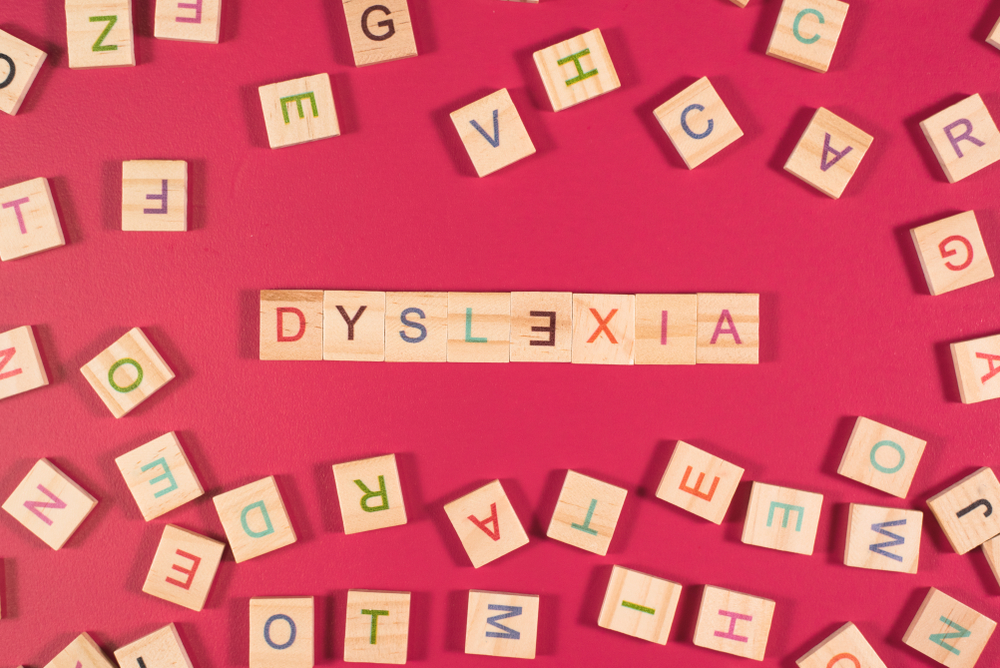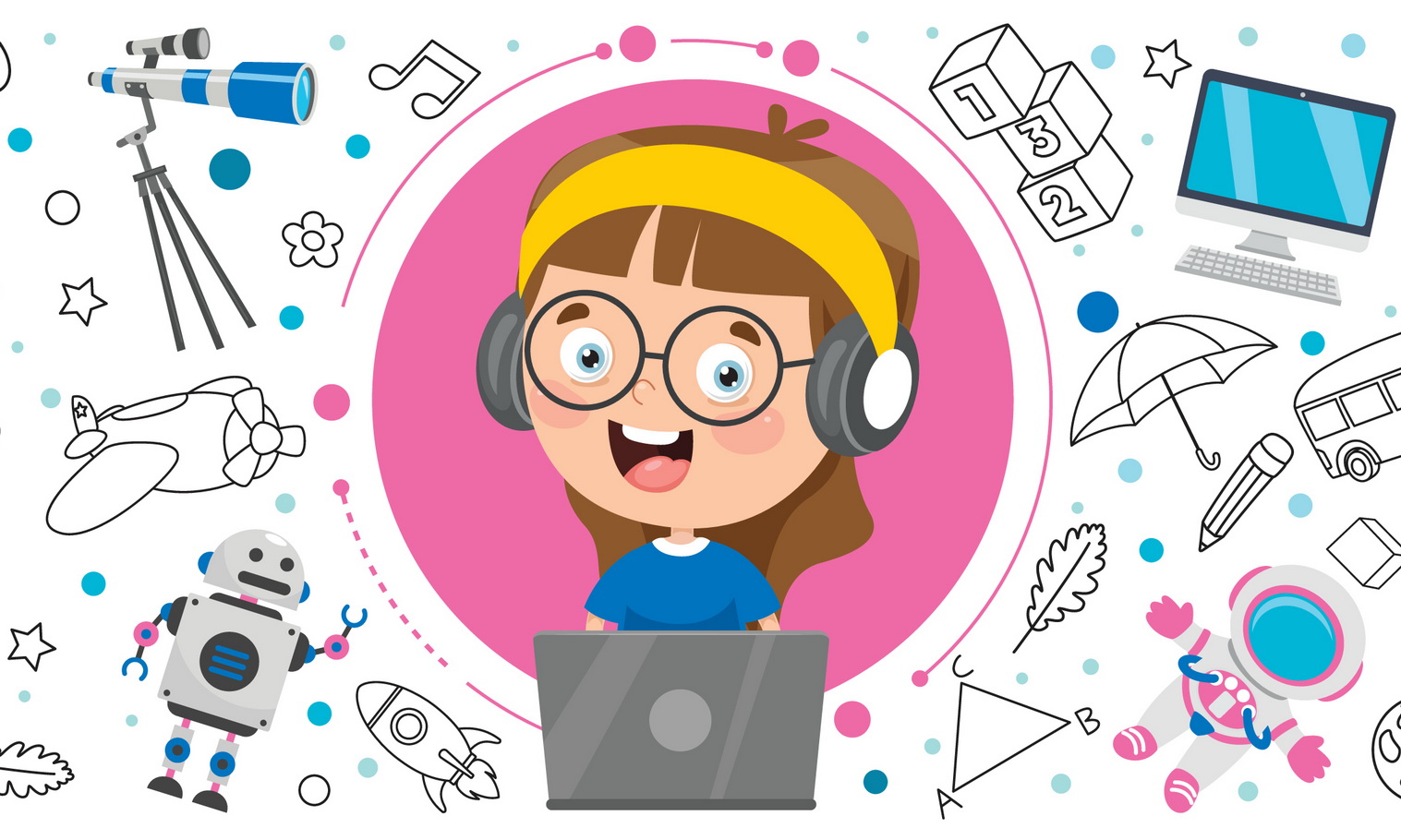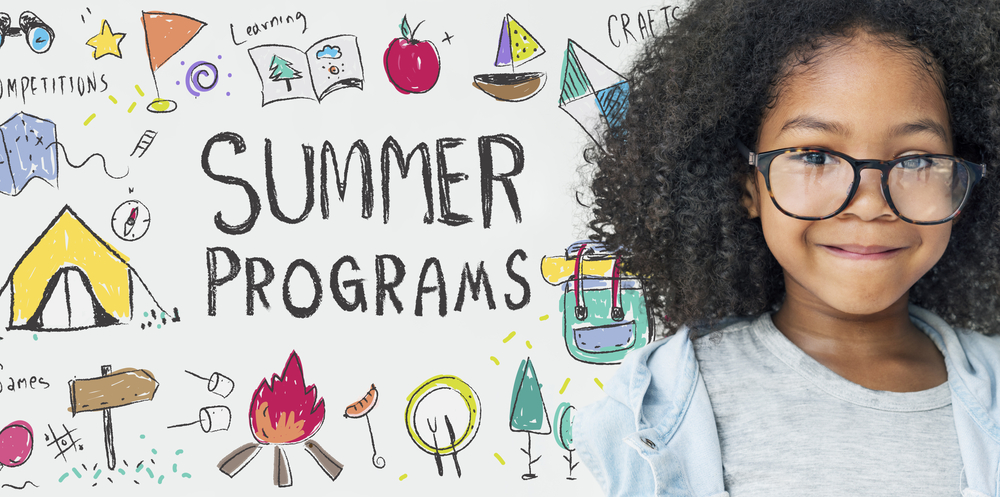Color mixing concept Worksheets for Kids
1 filtered results
-
From - To


Primary and Secondary Colors Worksheet
Question/Answer
Why is the Color mixing concept skill important for Grade 3 students?
The color mixing concept is important for Grade 3 students because it enhances their understanding of visual arts, encourages creativity, and supports critical thinking. It introduces them to primary and secondary colors, fostering a foundational knowledge in color theory.
How to test a Grade 3 student’s Color mixing concept skills?
To test a Grade 3 student's color mixing concept skills, provide primary colors (red, yellow, blue) in paint or on a digital platform. Ask the student to mix them to create secondary colors (orange, green, purple).
How does the mastery of the Color mixing concept skill affect a student's performance at an early age?
Mastery of the color mixing concept at an early age significantly enhances a student's visual learning, creativity, and problem-solving skills. It also improves their understanding of visual arts and sciences, aiding in cognitive development and encouraging exploration and experimentation. Such early exposure fosters critical thinking and a deeper comprehension of color theory, positively impacting their academic and artistic performances.
 Assign to the classroom
Assign to the classroom

.jpg)










